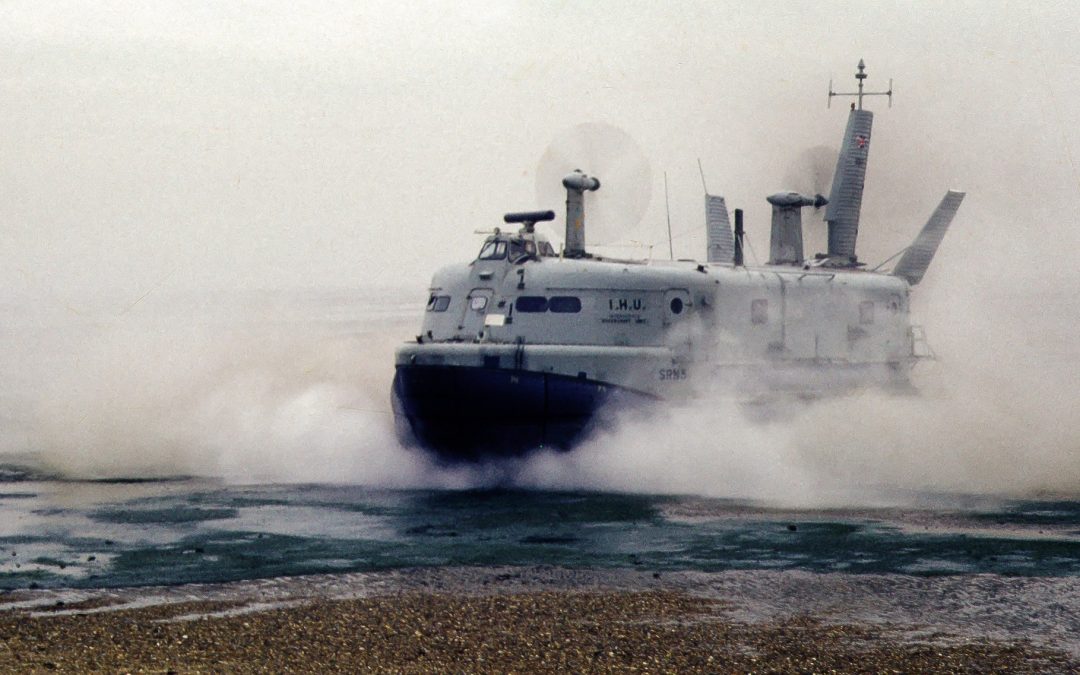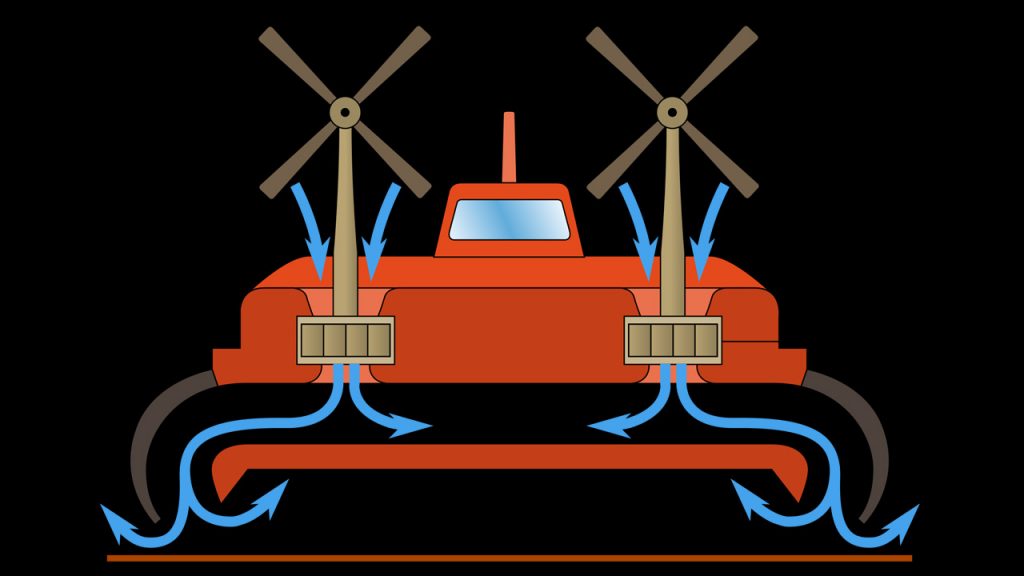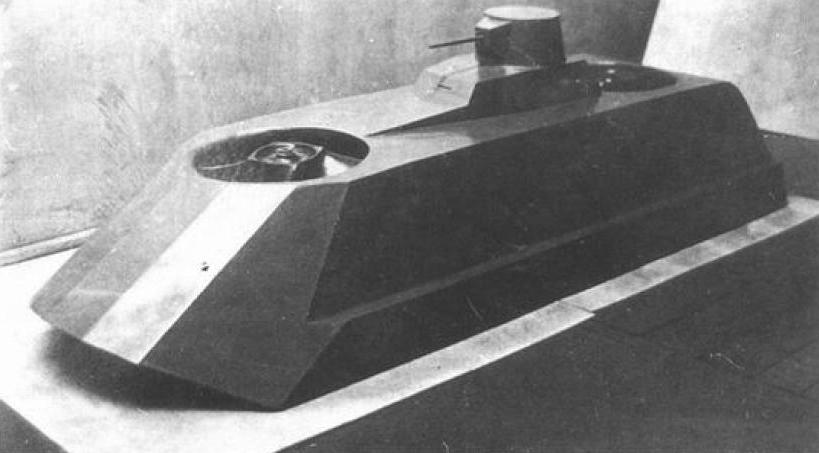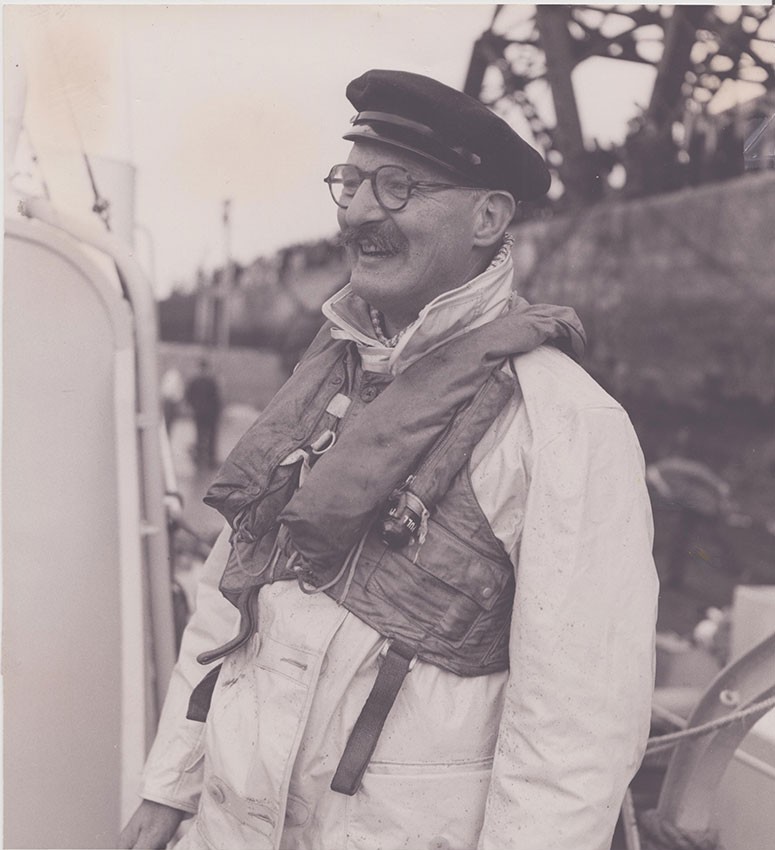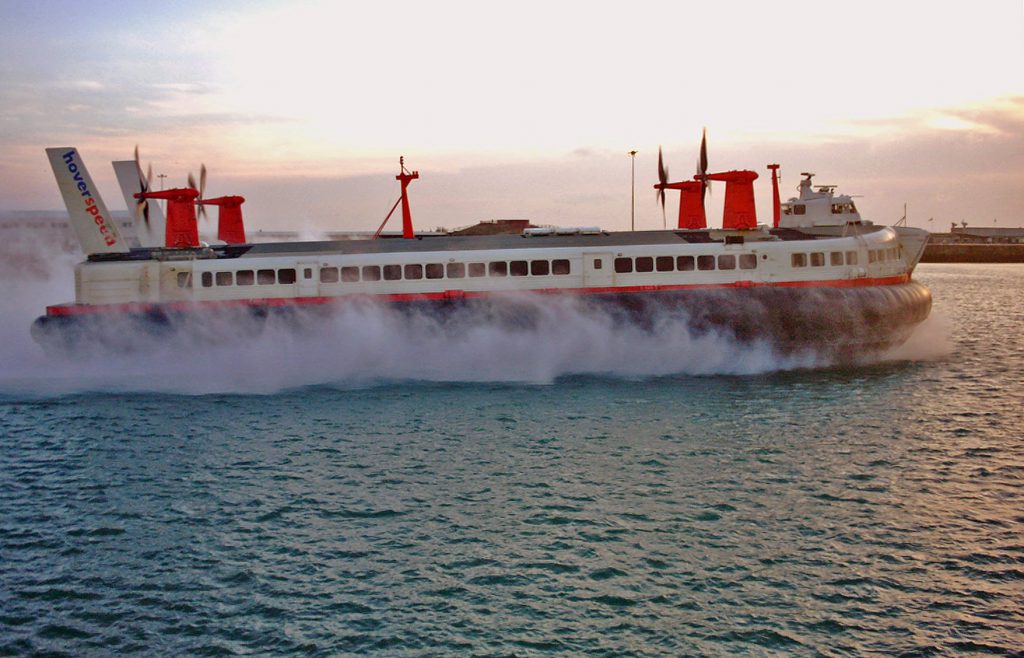Podcast (pt): Download
The Hovercraft is something of a rare beast. This story examines the many engineers and scientists who contributed to the development of a vehicle that is lifted on a cushion of air and is capable of travelling over land, water, mud, ice, tarmac, sand and many other flattish surfaces.
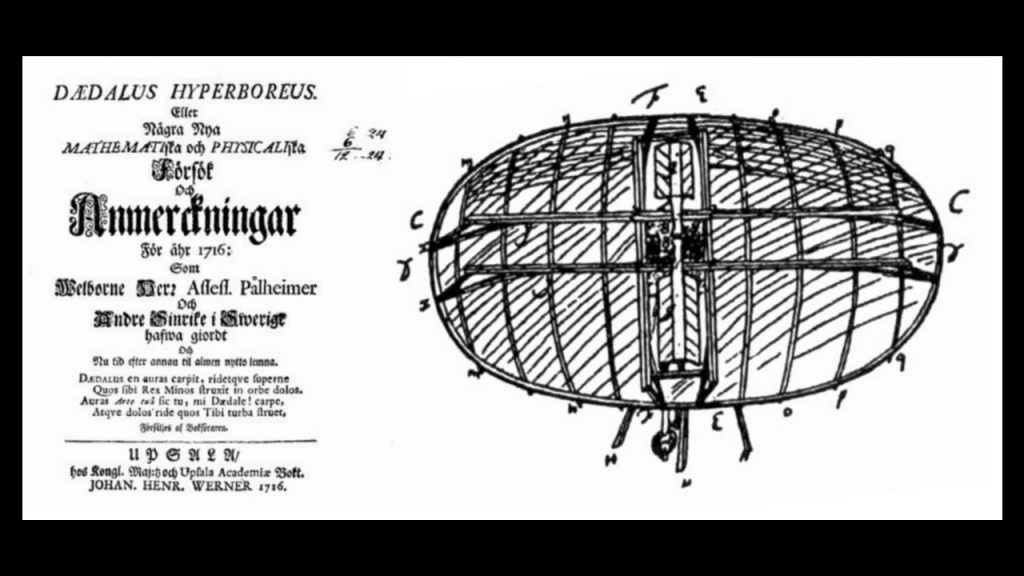
The Swedish scientist Emanuel Swedenborg is known to have sketched the first hovercraft design in 1714.
Images under Creative Commons licence with thanks to those in the Public Domain, Technical Museum Vienna, Messer Woland, the Ford Motor Company, Ad Meskens, GB Patent Office, The National Archives UK, USN, Andrew Berridge and Mil.Ru (LightZone).

